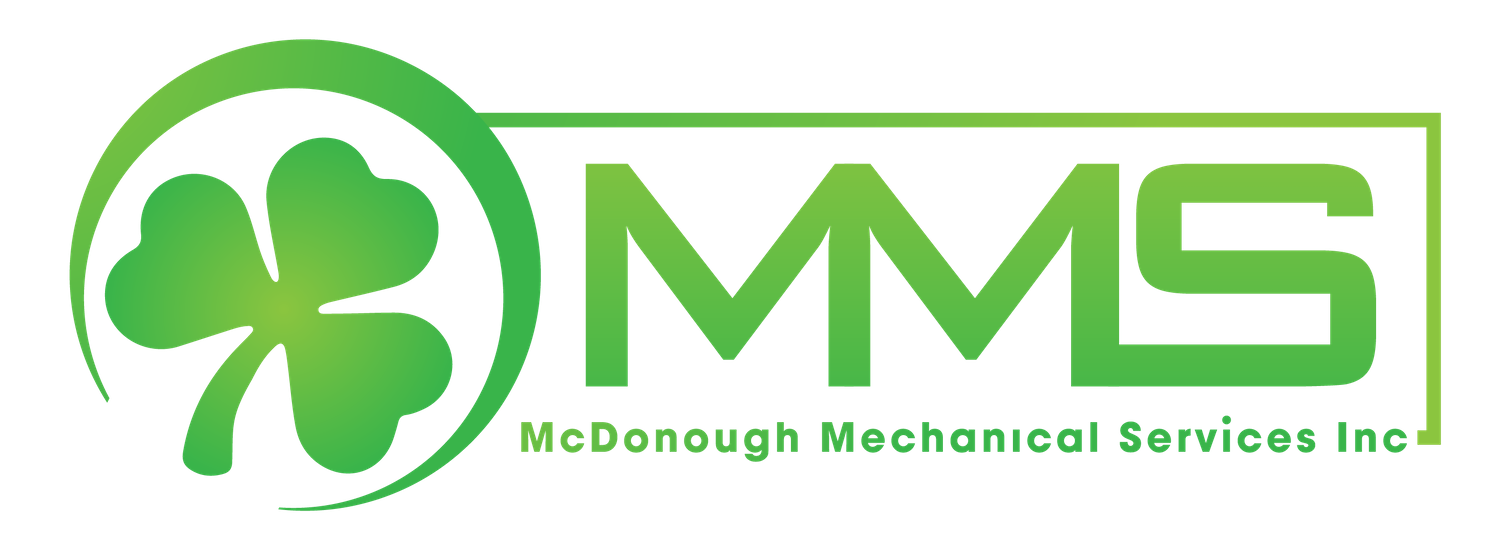Preventive Maintenance
Preventive maintenance for industrial refrigeration systems is essential to ensure they operate efficiently, minimize downtime, and extend their lifespan.
Regular Inspection
- Visual Inspection: Check for any signs of wear, corrosion, or damage to components such as compressors, condensers, evaporators, and piping.
- Leak Detection: Regularly check for refrigerant leaks using appropriate leak detection methods.
- Temperature Checks: Monitor and record the temperatures of the refrigerant, the cooled space, and the components to ensure they are within specified ranges.
Cleaning
- Condenser Coils: Clean the condenser coils to remove dirt, dust, and debris that can reduce heat transfer efficiency.
- Evaporator Coils: Ensure evaporator coils are free of frost and ice buildup.
- Filters: Replace or clean air filters regularly to maintain proper airflow and system efficiency.
- Drains and Pans: Clean the condensate drains and pans to prevent blockages and mold growth.
Lubrication
- Motors and Bearings: Lubricate motors, bearings, and other moving parts according to the manufacturer’s recommendations to reduce friction and wear.
System Performance Checks
- Pressure and Temperature: Check the pressure and temperature readings of the refrigerant system to ensure they are within the recommended operating ranges.
- Electrical Components: Inspect and test electrical components such as wiring, connections, relays, and contactors for signs of wear or damage.
- Compressor Performance: Monitor the compressor’s operation, including amperage draw and discharge pressure, to ensure it is running efficiently.
Calibration and Testing
- Control Systems: Calibrate and test the control systems, including thermostats, pressure controls, and defrost controls, to ensure accurate operation.
- Safety Devices: Test safety devices such as pressure relief valves, high-pressure switches, and low-pressure switches to ensure they are functioning correctly.
Refrigerant Management
- Refrigerant Levels: Check and maintain proper refrigerant levels to ensure optimal system performance.
- Refrigerant Quality: Test the refrigerant for contaminants and ensure it is within acceptable purity levels.
Documentation and Record-Keeping
- Maintenance Logs: Keep detailed records of all maintenance activities, including inspections, cleaning, lubrication, and repairs.
- Performance Metrics: Track performance metrics such as energy consumption, system pressures, and temperatures to identify trends and potential issues.
Training and Safety
- Staff Training: Ensure that maintenance personnel are properly trained and aware of safety protocols for handling refrigerants and working with refrigeration systems.
- Safety Equipment: Provide and maintain appropriate safety equipment, such as gloves, goggles, and leak detection tools, for maintenance staff.
Proactive Repairs
- Minor Repairs: Address minor issues promptly to prevent them from becoming major problems.
- Replacement of Worn Parts: Replace worn or damaged parts proactively to avoid unexpected breakdowns.
Periodic Comprehensive Reviews
- Professional Inspections: Schedule periodic comprehensive inspections by certified refrigeration professionals to assess the overall health of the system and recommend any necessary upgrades or repairs.
